Everything 'The Crown' Season 3 Got Wrong
Like: Margaret's U.S. tour went so badly, she was "banned" from returning.

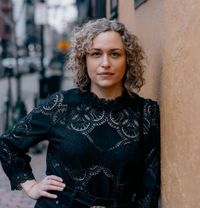
Spoilers for season 3 ahead. The Crown is inspired by real-life events, but the show is, at its heart, a fictional narrative. Its cast and producers have always noted that creative liberties must be taken to fill in the blanks in what we don't know about the monarchy. That said, the show works hard to obtain historical accuracy in the costuming and imitation of real-life figures, down to mimicking royals' outfits and mannerisms. So it's easy to forget that what's depicted on the show often doesn't reflect what really happened. That's part of the fun of The Crown—if you're anything like me, you're rapid-fire Googling the whole way through—but it's tough to parse where historical reality stops and historical fiction begins.
The third season in particular includes a few events that bypass historical accuracy in favor of bringing the drama. It's worth noting here that because The Crown comes closer to the present day, there are more records about what occurred—it's easier to fact-check, in other words, than previous seasons. So let's go ahead and do that, shall we?
Wrong: The Queen does occasionally cry in public.
In one of the best episodes of the entire series, "Aberfan," a devastating mining accident that robs a community of almost all of its children sparks national grief and anger. Unlike politicians, the media, and other royals, the Queen initially does not visit the Welsh mining village to meet with grieving families (this part is true), and she eventually reveals that she struggles to cry and feels unable to give the public any show of grief.
This is not true—the Queen has definitely cried at public events before—and Harold Wilson's then-secretary has gone on the record to say that, contrary to what the show depicts, the Queen was not faking her tears at Aberfan.
MORE ON 'THE CROWN'
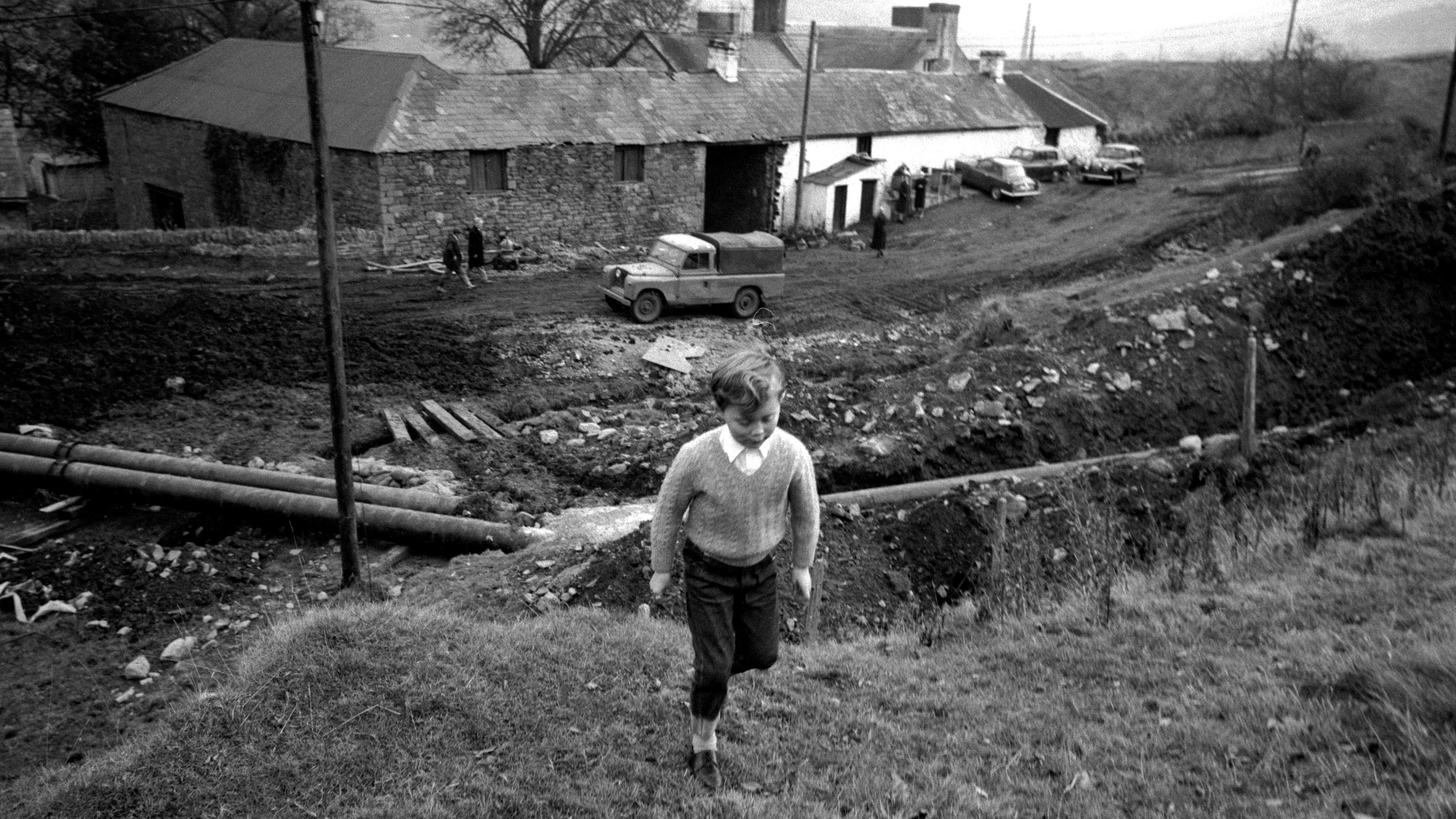
What is true is that there's a stigma about women crying in public, particularly powerful women. It remains relevant that Elizabeth was raised to have a stiff upper lip, and then criticized for it in the national press.
Wrong: Margaret's trip to the U.S. was not a roaring success.
It was so much not a roaring success, in fact, that Margaret was "banned" from returning to the U.S. in the '70s (lol). In the show, Margaret helps secure a bailout from the U.S. from President Lyndon B. Johnson—this isn't true; bailout talks continued for years after her visit—and she arouses so much public love that her megafans started calling themselves "Margaretologists" (also not really true; the term had been around before that).
MORE ON 'THE CROWN'
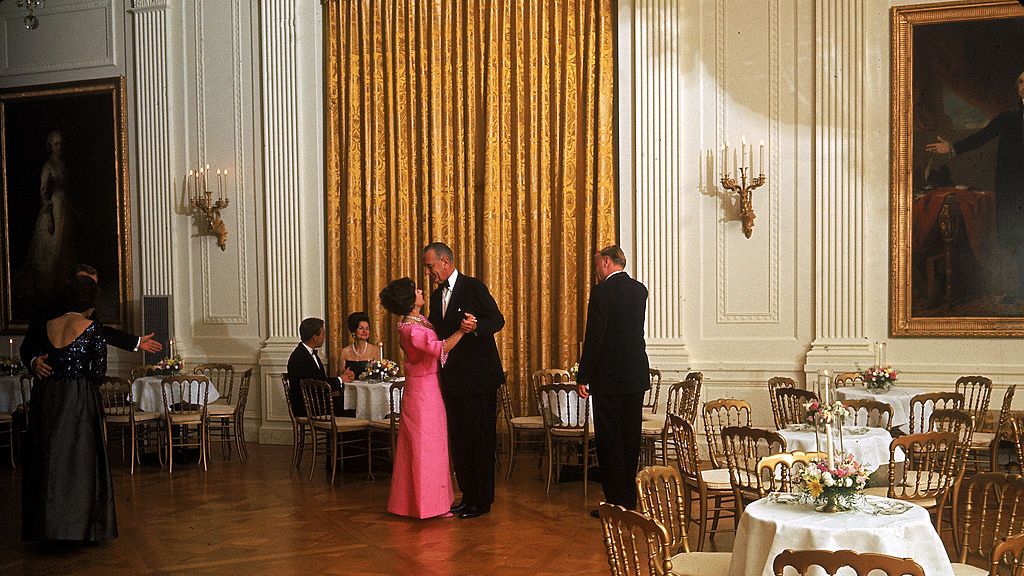
In reality, the tour was outrageously expensive, Margaret offended a bunch of people, and her rendezvous with Johnson was...unremarkable. The show uses the event as an opportunity for Margaret to once more ask for more royal duties and once more be rejected, but it's unclear whether that happened either.
Get exclusive access to fashion and beauty trends, hot-off-the-press celebrity news, and more.
Wrong: A lot of the Princess Alice stuff.
Oof, this one has a ton of inaccuracies. So, yes, Princess Alice did come to live in Buckingham Palace because there was so much unrest in Greece (she was also a member of the Greek royal family), and she did reconcile with her estranged son Philip before she died two years later.
However. Alice was not interviewed and written about in glowing terms by Guardian's John Armstrong (fun fact: There is no John Armstrong), and she did not "save" the family from embarrassment because of an ill-timed and wrong-footed documentary (which did exist) that went behind the scenes in Buckingham Palace. The documentary was reviewed well, and it seems Alice didn't get interviewed by anyone.
MORE ON 'THE CROWN'
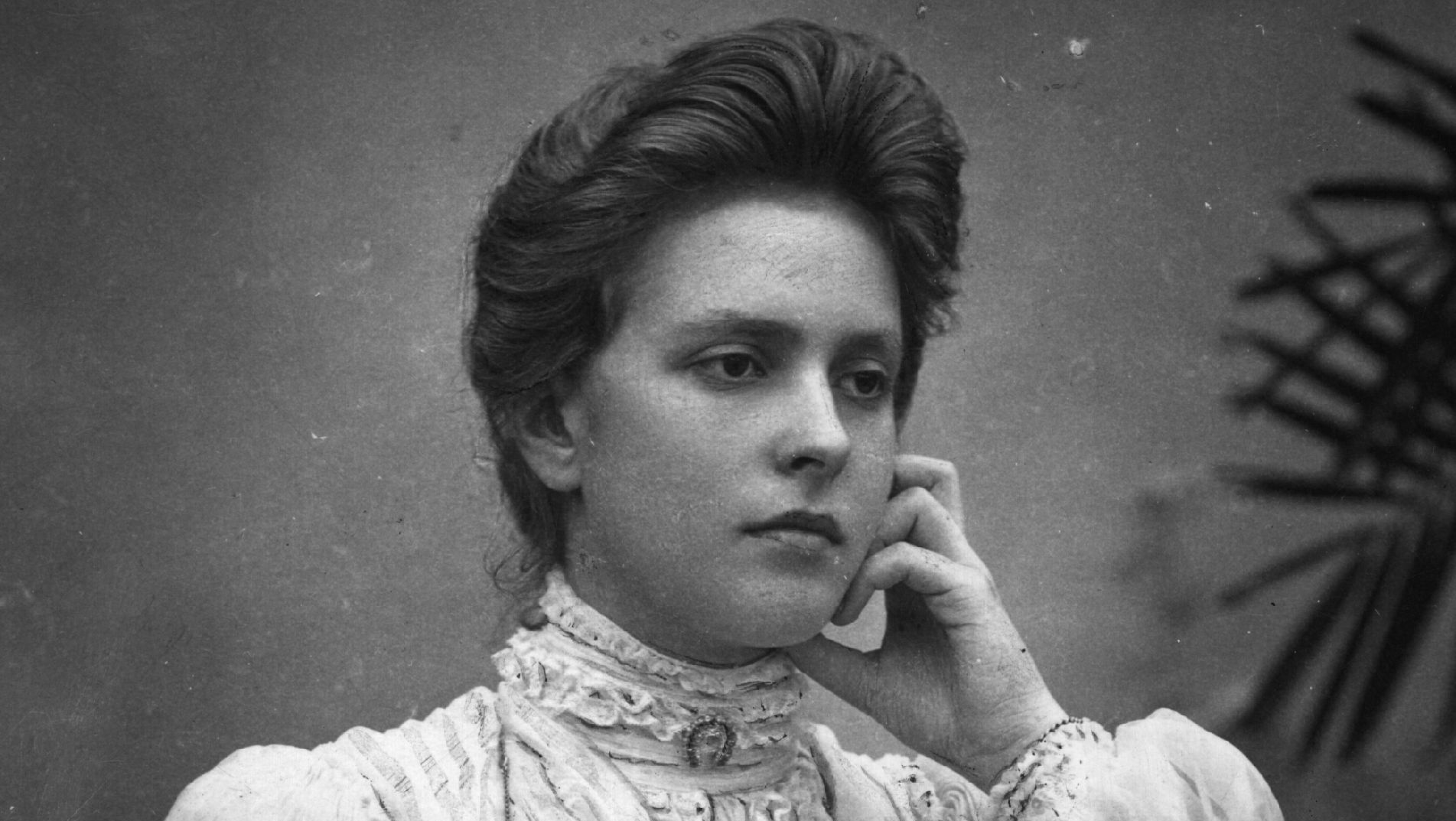
With all that said, "Bubbikins" is another sweet and deeply sentimental episode, and well worth the watch—despite the creative leaps.
Wrong: Prince Philip didn't respond negatively to the moon landing.
The astronauts that participated in the Apollo 11 mission (Buzz Aldrin, Michael Collins, and Neil Armstrong) did visit the palace, but there's no evidence to suggest that Philip either met with them alone or that it made him feel lost about his purpose in the world.
MORE ON 'THE CROWN'

Philip did rekindle his faith later in life, which is one part of the episode, but it's not clear if the mid-life crisis depicted on the show—if it ever existed—precipitated the renewed focus in his life.
Wrong: The Queen didn't read Charles' private letters.
When Elizabeth goes to visit her exiled uncle Edward VIII and his wife Wallis Simpson just before his death—which did happen, by the way—they talk about Charles.
MORE ON 'THE CROWN'
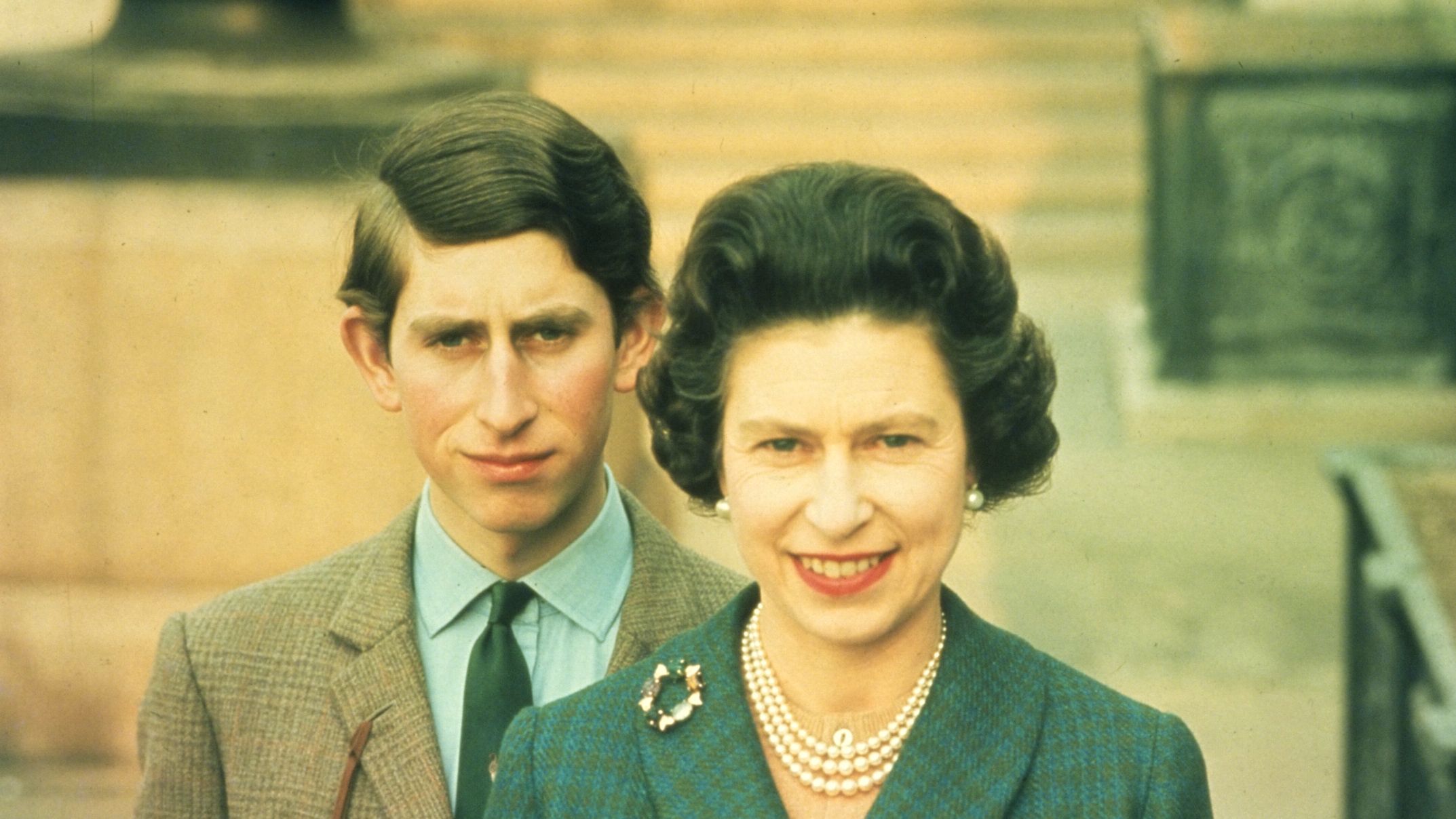
Edward and Charles enjoy a close relationship (semi-true) that includes letter-writing about Charles' personal life (not true). Edward gives the letters to Elizabeth and encourages her to understand her son better, although it has the opposite effect. (More on that below.) But although we don't know exactly what was said between Elizabeth and Edward on his deathbed, what seems clear is that there were no letters to give her from Charles.
Wrong: the Royal Family didn't "conspire" to take Charles away from Camilla.
There's always been a ton of speculation around exactly what happened in the initial relationship between Camilla Shand (Camilla Parker Bowles) and Charles. We know she was deemed "unsuitable" and too common, and that Charles was encouraged to date around before he settled down. But The Crown goes so far as to suggest that Mountbatten and the Queen Mother 1) send Charles away on an overseas assignment, 2) sit down with Andrew Parker Bowles and Camilla's families, and 3) "orchestrate" a marriage between Camilla and Andrew.
MORE ON 'THE CROWN'

This is, according to historians, not true. The Queen Mother never liked Mountbatten, and Camilla was deeply in love with Andrew. However, the timing of some of the events is interesting...although, again, there's no evidence to suggest Mountbatten deliberately chose Charles' assignment to the Caribbean for nefarious purposes.
Wrong: The timing of Margaret's affairs.
Margaret started a relationship with Roddy Llewellyn, a much younger man, towards the end of her doomed marriage to Antony Armstrong-Jones (a.k.a. Lord Tony Snowdon). When pictures of the two were taken while they were on vacation in Mustique, it sets Margaret and Snowdon on the path towards the end of their marriage.
MORE ON 'THE CROWN'
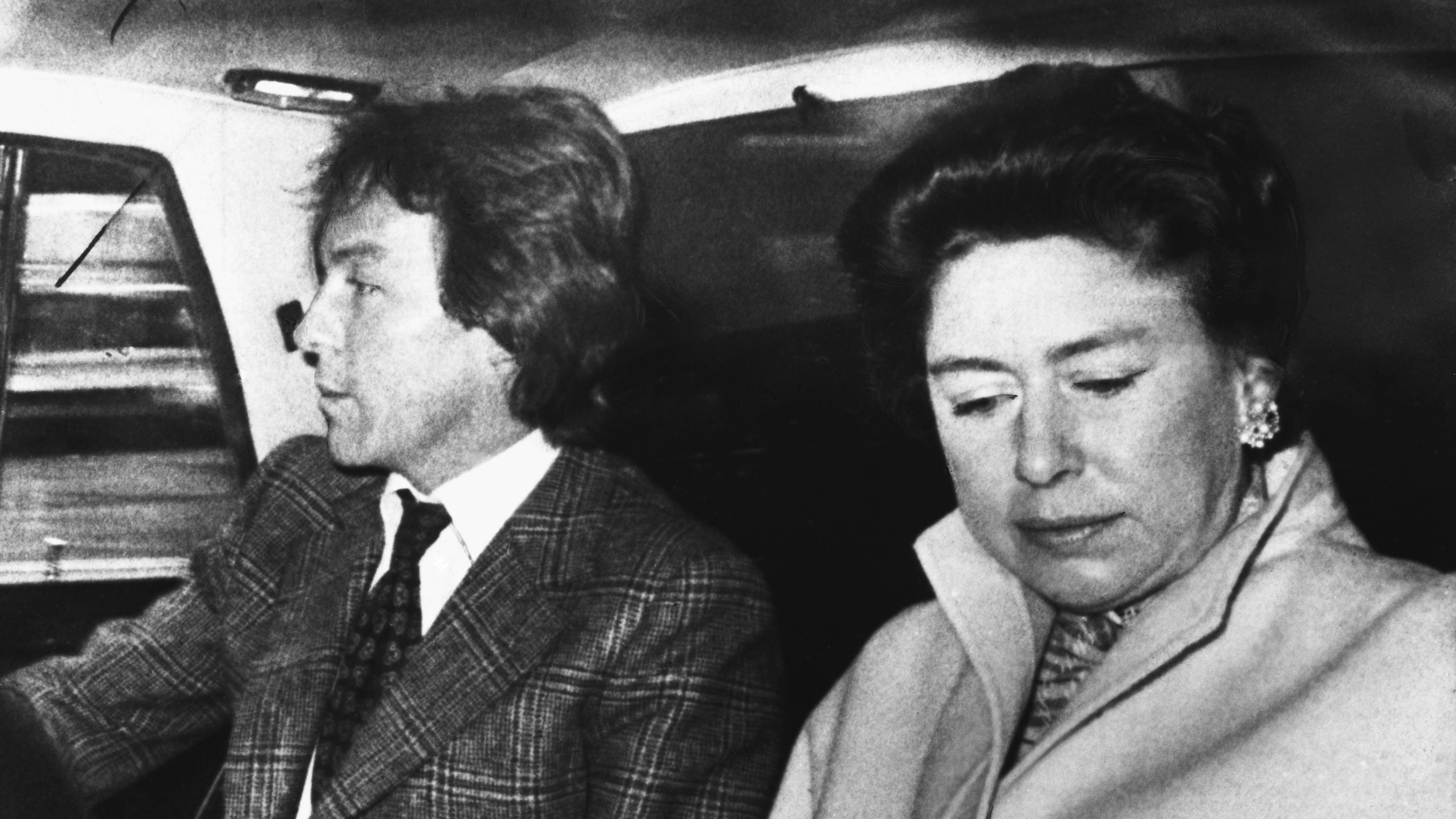
In the wake of the scandal, her husband's declaration that he'd divorce her, and Roddy leaving her all at the same time, Margaret (trigger warning: self harm at the next link) takes an overdose of pills but recovers. The show intimates something more serious, but the truth is a little different; Margaret later said, "I was so exhausted because of everything that all I wanted to do was sleep...and I did, right through to the following afternoon." In reality, she and Roddy were involved with each other even after the divorce, and they remained friends until the end of her life.
For more stories like this, including celebrity news, beauty and fashion advice, savvy political commentary, and fascinating features, sign up for the Marie Claire newsletter.
RELATED STORY


Katherine’s a contributing syndications editor at Marie Claire who covers fashion, culture, and lifestyle. In her role, she writes stories that are syndicated by MSN and other outlets. She’s been a full-time freelancer for over a decade and has had roles with Cosmopolitan (where she covered lifestyle, culture, and fashion SEO content) and Bustle (where she was their movies and culture writer). She has bylines in New York Times, Parents, InStyle, Refinery29, and elsewhere. Her work has also been syndicated by ELLE, Harper’s Bazaar, Seventeen, Good Housekeeping, and Women’s Health, among others. In addition to her stories reaching millions of readers, content she's written and edited has qualified for a Bell Ringer Award and received a Communicator Award.
Katherine has a BA in English and art history from the University of Notre Dame and an MA in art business from the Sotheby's Institute of Art (with a focus on marketing/communications). She covers a wide breadth of topics: she's written about how to find the very best petite jeans, how sustainable travel has found its footing on Instagram, and what it's like to be a professional advice-giver in the modern world. Her personal essays have run the gamut from learning to dress as a queer woman to navigating food allergies as a mom. She also has deep knowledge of SEO/EATT, affiliate revenue, commerce, and social media; she regularly edits the work of other writers. She speaks at writing-related events and podcasts about freelancing and journalism, mentors students and other new writers, and consults on coursework. Currently, Katherine lives in Boston with her husband and two kids, and you can follow her on Instagram. If you're wondering about her last name, it’s “I go to dinner,” not “Her huge ego,” but she responds to both.